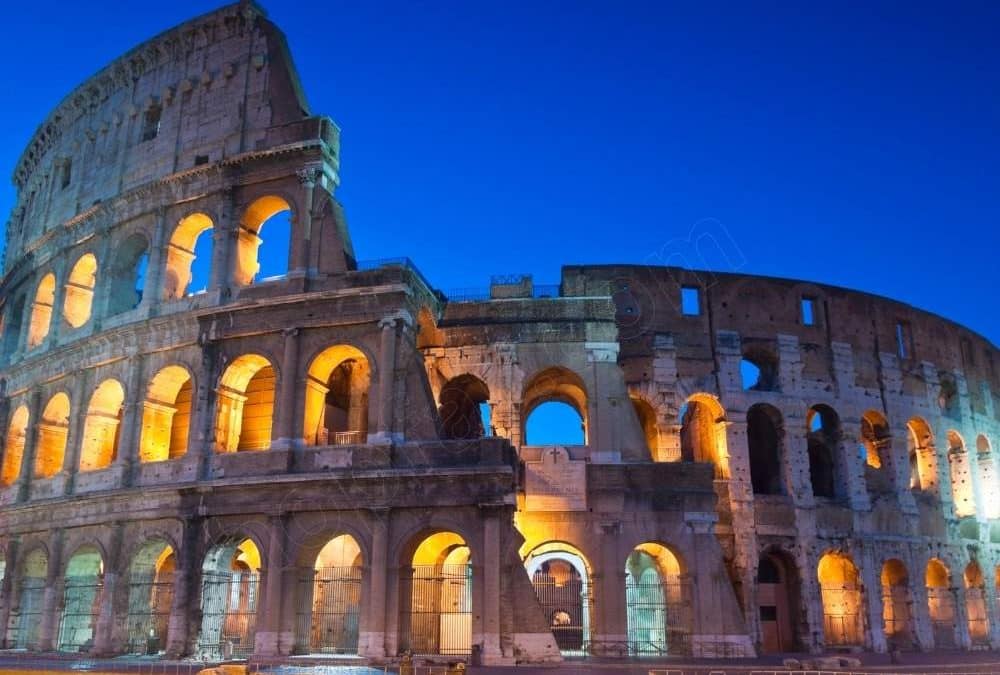Over thousands of years, humanity has been intrigued with the idea of the “Seven Wonders of the World”. These astounding masterpieces stand for peak human achievement and the astonishing beauty of nature. Let us explore history and discover the top seven wonders of the past and today, trying to reveal the nature of these mysteries.
- The Great Wall of China
A masterpiece of architecture, 13,000 miles long and running along the rugged Chinese terrain, the Great Wall has become the only surviving of the antiquity’s seven wonders. The roots of this style can be traced to the 7th century BC and it has progressed through numerous dynasties and eras. Mostly, constructed as a defense against invasions, particularly from the nomadic tribes coming from the north, the Wall shows the overall strength, wisdom and engineering ingenuity of the ancient Chinese. The wall is built using different materials, such as brick, stone, tamped earth, and wood. It uses strategically located watchtowers, battlements, and beacon towers along the whole fortification span. Walking along its ramparts, one can join the families of the soldiers throughout the generations tracing the steps that finally lead to understanding the pinnacle of China’s history as a sign of its strength.
- The Colosseum, Rome
The colossal Colosseum, an iconic symbol of the power and the culture of the Roman Empire, is a marvel of engineering and entertainment. This monument, constructed in the 1st Century AD by the Flavian Dynasty, was largely used for gladiator fights, animal hunts and public executions, as a form of amusement and political promotion. The Colosseum which could accommodate up to 80,000 people was an incredible architectural feat of its time with lots of complicated features like the hypogeum, elevators, and trapdoors to make the grand performances a success. Nowadays, its well-worn facade provides a glimpse into the bloodthirsty and magnetic reality of ancient Roman banquets, while the restoration works to preserve the place for future generations.
- Petra, Jordan
Carved from skillful artisanship and urban planning, Petra, the Rose-Red city, represents a unique masterpiece in Jordan. Established around 300 BC by the Nabataeans, it grew to be a very lively trade center, lying on the caravan routes connecting Arabia, Egypt, and the Mediterranean Sea. The city’s most well-known colorful building, Al-Khazneh, was used as a tomb and ceremonial temple. Its architecture and artistry demonstrate the Nabataeans’ high level of expertise. The Siq or a narrow corridor leading to the city reveals the Treasury to all visitors with its extraordinary architectural techniques, remarkable carving and the smart water distribution system that supports the city in the hot and dry setting.
- Chichen Itza, Mexico
Sprawled across the fertile Yucatan Peninsula of Mexico, Chichen Itza was a thriving Mayan city between the 6th and 13th centuries AD. Its major highlight, El Castillo, is the Temple of Kukulcan which is a magnificent step pyramid with astronomical significance and perfect symmetry. During the spring and autumn equinoxes, the setting sun creates the southward shadow of a serpent descending from the sky representing the Mayans’ superior knowledge of the celestial appearances. The Ball Court, having its distinctive acoustics and incredible sculptures of ritualistic games and sacred ceremonies, allows a view of the Mayan civilization’s rich cultural heritage and religious customs.
- Machu Picchu, Peru
Hidden behind the Andean mist, Machu Picchu is the symbol of not only the Incas’ architectural skills but also of their deep reverence for nature. Constructed on a mountain ridge in the 15th century AD overlooking the Urubamba River valley, the intricate stone masonry together with its mysterious setting generates a feeling of admiration and awe. Although Machu Picchu served as a royal palace and religious center, agricultural terraces, temples, and residential areas express the expertise of the Inca in engineering, agriculture, and urban planning. The Machu Picchu was discovered in 1911 by Hiram Bingham, and until now it keeps amazing archaeologists and historians, as well as inviting visitors to see the lost world of the Incas and their complex civilization.
- Christ the Redeemer, Brazil
The Christ the Redeemer stands atop Corcovado mountain in Rio de Janeiro with its arms spread out as a symbol of peace and hope. Its Art Deco architecture from 1931 flawlessly fits in with the surrounding area, offering spectacular views of the dynamic city as well as the ocean of Guanabara Bay. The statue having a height of 98 feet coming with a 26-foot pedestal is a symbol of Brazil and Christianity that has been attracting millions of visitors every year. A pilgrimage to this famous statue is a truly unforgettable experience, especially if you are a seeker of peace, inspiration and a stunning view of Rio’s picturesque skyline and lush nature.
- Taj Mahal, India
The Taj Mahal of Agra, India, is more than a mere monument as it is love embodied in white marble. The Taj Mahal was commissioned by the Mughal emperor Shah Jahan in memory of his wife, Mumtaz Mahal, and it displays the best of the Mughal-era Islamic architecture, with its elegance, symmetry, and lavish ornamentation. This construction took 20 years and included artisans from the entire empire and beyond, the Taj Mahal has a symmetrical plan, decorative marble inlay work, and a clean reflecting pool, which creates an enticing enchantment of light and shadow. Decorated with semi-precious stones and Quranic calligraphy, it is an immortal monument of love that continues to fascinate millions of people from all over the world.
The seven wonders, located in different parts of the globe, are the symbols of human imagination, firmness, and the never-ending search for wisdom and beauty. Each wonder gives us a peek into history, making us feel amazed and inspired, and helping us understand how much humans have accomplished over time.




